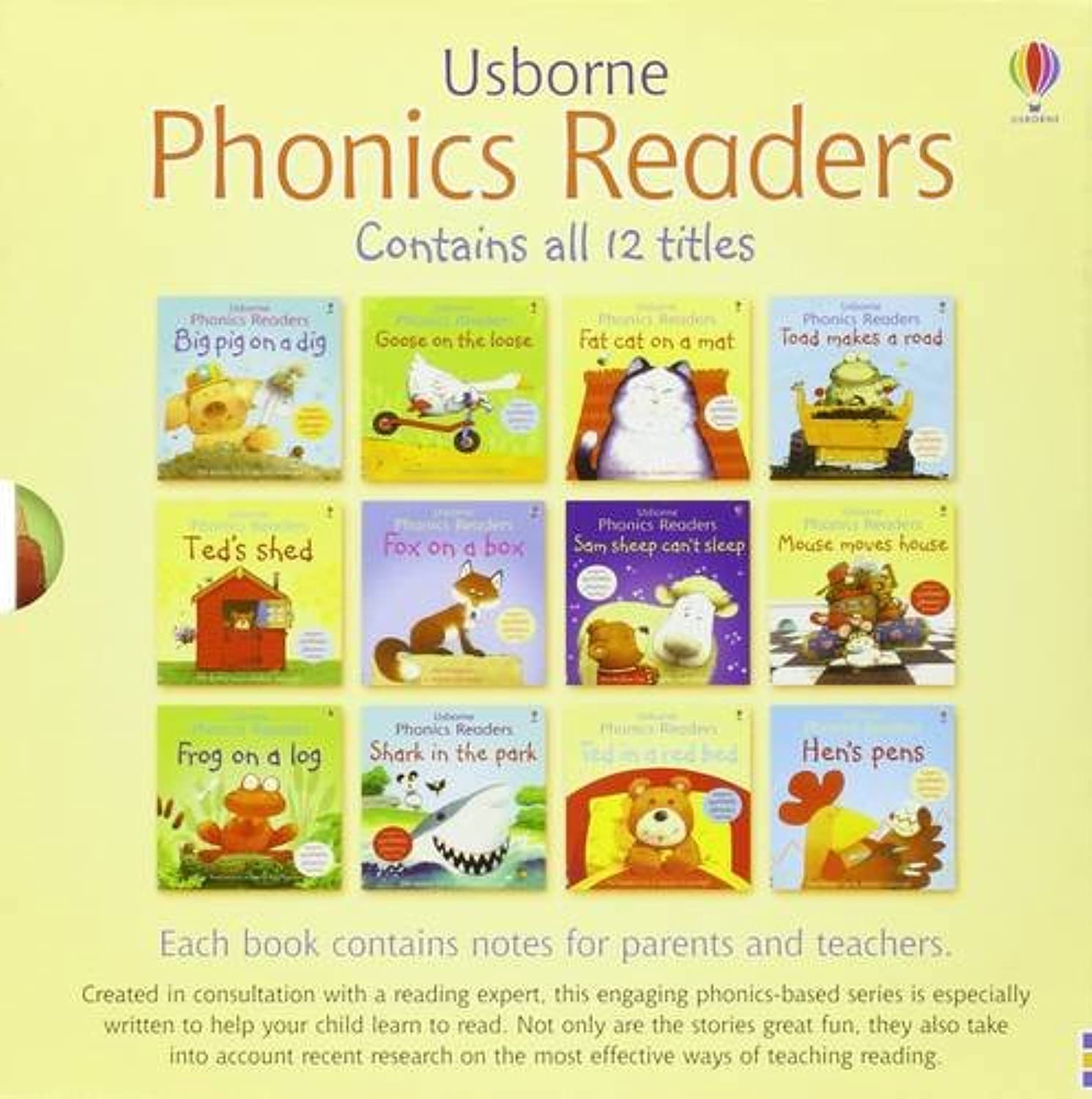About this deal
These schools recognised that although cross-curricular, school-wide initiatives improved reading, there were pupils who first needed specific teaching in phonics. Once pupils could read accurately, they were better able to access and benefit from what schools did to improve the reading of all pupils. Inspection evidence shows that schools frequently use reading ages as a measure of reading ability. Reading age assessments measure the gap between a pupil’s actual age and how well they should be reading for their age. Reading age assessments tell schools less than they might seem, because older pupils vary a lot in how they read. [footnote 21] Reading ages can show whether a pupil has a problem with reading, but not what that problem might be. They focus on comprehension and do not look at decoding and fluency, for example.
Introducing young children to the joy and wonder of books requires a systematic teaching of phonics. Synthetic phonics Once children can decode words, they then need to be able to read and recognise words and their meanings accurately, and with ease, to become fluent readers. [footnote 10] Fluent reading is described as an extension of decoding, and requires accuracy, pace and expression. [footnote 11] Each year, around one quarter of 11-year-olds do not meet the expected standard in reading at the end of primary school in Year 6. [footnote 27] This level is considered to be the threshold of functional literacy, and gives children the knowledge and skills needed to manage the demands of the secondary school curriculum. Evidence suggests that fewer than 1 in 5 of these pupils can expect to get a GCSE grade 4. Follow your child’s natural interest and look up information on the internet. They won’t notice that they are practising their reading. They will also be practising vital retrieval and research skillsThe school uses a baseline standardised reading test to screen all new pupils. This gives each pupil a reading age, and identifies which pupils may need additional teaching. The school also tests all new pupils’ spelling and comprehension, and assesses foundational skills such as phonics, word recognition and fluency. All Year 7 pupils do a cognitive ability test in the first 2 weeks of the autumn term.
Staff who taught reading had the expertise they needed to teach weaker readers. Schools made sure that staff who taught specific aspects of reading, or particular reading programmes, had relevant training. Those staff also supported other members of staff. They shared their expertise and delivered internal training. The schools also gave training to subject teachers. They could then understand what pupils needed to know to become proficient readers, and what gaps in their knowledge might prevent this. For paired reading we’re looking at the weaker groups of readers – that’s around fluency, decoding etc – this is the best strategy to help them initially. The theory behind it is that for the readers that really struggle, you start reading aloud together… Then as you go through you’re helping them with the strategies and modelling those strategies in practical terms – what it looks like to break it down, chunk it into syllables, sound it out. As you go through their confidence builds so you’re reading less and less and they’re reading to you. We sometimes have to put literacy over something else… This is controversial… but we’ve made the ethical judgement as a school that, in terms of access to the wider curriculum, they would benefit more from having that focus.
Training supported an ethos that valued and understood the importance of investing in reading and staff working together to help struggling readers. This culture of collaboration was evident in our discussions with staff. One reading support teacher said:
All the schools recognised the importance of secure phonic knowledge and accurate decoding. They used a phonics programme for struggling readers who had gaps in their phonic knowledge. As one reading support teacher said, ‘The weakest readers always struggle with phonics.’ Schools tended to stop additional support and monitoring once pupils were beyond key stage 3. Each of the schools assessed and monitored struggling readers until at least Year 9. However, none of them told us that they continued to monitor pupils’ progress beyond key stage 3, or once pupils had reached their chronological reading age. Nor did they always continue to give pupils the additional help once they had ‘graduated’ from a reading programme. This meant that the schools did not always know the longer-term impact of help, or whether pupils continued to struggle in key stage 4. Several pupils told us that they felt less enthusiastic and motivated to read for pleasure by the time they reached key stage 4. Introduction Skilled reading
Engage children with digital learning
They may not be massively behind their chronological age with regards to their reading, but it could be their fluency and their confidence in reading. Sometimes we find they can read but it’s extremely slow so it’s about trying to improve the fluency of their reading. I think once we’ve got our reading age where it’s supposed to be they just expect us to get it from there and keep it at that point.
 Great Deal
Great Deal 